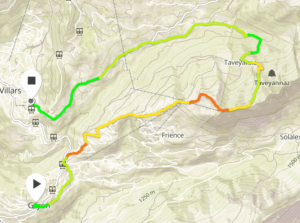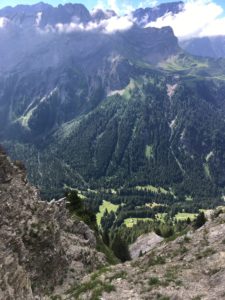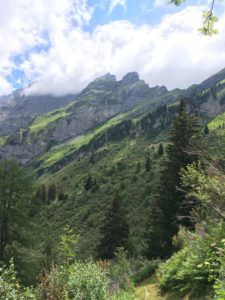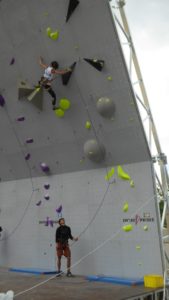11 years of WordPress Blogging
As serendipity would have it I have been a wordpress blogger for at least 11 years. As I was looking through notifications on worpdress.com I came across the notification below yesterday. As I searched for ideas for blog posts for today I came across an e-mail.
On this day, eleven years ago I set up this blog. Since then I have written about one thousand two hundred posts, tens of thousands of tweets and many many facebook messages. I mention this because blogging and social media are two different challenges. With blogging you spend the day thinking about a topic. You’re searching for something that you can write about for 300 or more words. Compared to nanowrimo where you try to have an average of 1666 words per day this is easy, until you add the public dimension. Writing for the world wide web is different to writing for yourself, with the knowledge that you will go back and edit it, eventually, if ever.
Writing for twitter and facebook is easy. Twitter is a conversation so the more you socialise with other people the more dynamic your posting can be. The same is true of facebook except that facebook is a “silo” of people you vet and trust. Twitter is in essence a chatroom.
A blog post is more time consuming. I like to write about technology and about the adventures I have. That’s when inspiration is easier.
Imagine for an instant that Wordpress.com was more popular than Facebook or twitter. Imagine for a moment that people decided that instead of spending a few seconds per update they spent half an hour to an hour per post. Imagine that people read long form posts rather than short updates. Imagine that we go back to a blogging social media landscape where people write reflective posts. Imagine that we read rather than skim.
The beauty of the long form, of writing blog posts is that we create content that people search for and read. Emotion is involved, but so is thought. Through blogging we generate an income for our content. More people should blog, and more people should share their posts.

















